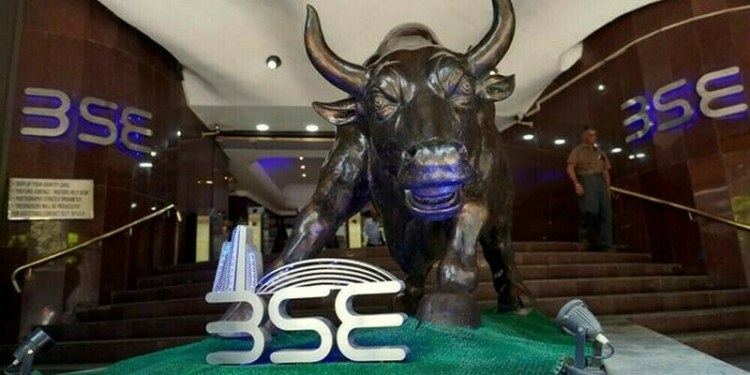The timing of Spring Festival must always be taken into account when analyzing vehicle sales in the first two months of the year in China, but by any measure, passenger car sales were very strong in January. In the first month of the Year of the Snake, passenger car sales surged to 1.49 million units, a 53 percent year-over-year increase.
While the hefty percentage increase can be attributed at least partially to the “Spring Festival” effect — most businesses close for at least a week during Spring Festival, which this year fell in February rather than January as it did last year — monthly sales of almost one and one-half million units were the highest ever recorded in China, exceeding the next highest month by nearly 200,000 units.
By type, medium-sized cars and SUVs registered some of the largest increases. Medium-sized cars accounted for 57.7 percent of the market in January, while SUVs increased their share to 15.5 percent. Small cars accounted for just under 20 percent, and luxury vehicles just over 3 percent, of the market during the month.
China’s passenger car market remains highly fragmented with a total of 27 separate companies making cars. Volkswagen (Frankfurt: VOW.F), with joint ventures in both Shanghai and Changchun, continues to be the leading brand in China, increasing its total market share to 21.8 percent, while General Motors Company (NYSE:GM) follows in second place with 12.2 percent. At 5.6 percent, Nissan was the only other brand to have greater than 5 percent of the market. All of the 24 other brands were below this level.
By country, Chinese local brands now account for 32 percent of the total, their highest ever, with Geely, BYD, Great Wall and Chery all finishing on the top 10 assembler list for the month. European brands are second with a 25.8 percent share; the Japanese third with 16.7 percent of the market; followed by the American brands at 14.3 percent and the Korean brands at 11.0 percent.
The largest market-share shift over the past several years has come at the expense of the Japanese car companies. In 2008, Japanese brands accounted for about 31 percent of the Chinese car market, almost double their share today.
China is now the world’s largest auto market and it is impossible to imagine a set of circumstances that would cause this to change. “Who is winning?” and “Who is Losing?” in China’s auto sweepstakes, therefore, are two of the most frequently asked questions by investors.
As far as winners, Volkswagen has been a consistently strong performer and has led the international assemblers with its convincing market share. With respect to the local players, several of the Chinese car companies have had their moments in the sun over the past several years. In 2007, Chery received a great deal of attention with its international push. In 2009, BYD gained notoriety when Warren Buffet, arguably the world’s most famous investor, bought a 10 percent stake in the company for $230 million. And in 2010, it was Geely’s turn when it bought Volvo for $1.5 billion.
Today, however, Great Wall Motor Company (HKSE:2333.HK) is receiving all of the buzz. The company has carved out an important niche in the profitable SUV segment and is far and away the leading local player in that category. Some industry experts say that Great Wall may be the only one of the local car companies to ultimately survive as an independent company. That may be too dire a prediction, and whether it proves to be true, only time will tell. In the meantime, though, Great Wall is the poster child for all Chinese car companies.
Clearly, the big losers in the China market have been the Japanese car companies. Although Chinese consumers love Japanese technology and styling, the ongoing dispute over the Diaoyu islands in the East China Sea has created a negative environment for all Japanese goods in China, including autos. The Chinese feel very deeply about this issue, and it will take time and a great deal of positive public relations efforts to reverse the negative sentiment.
Source: forbes.com




























